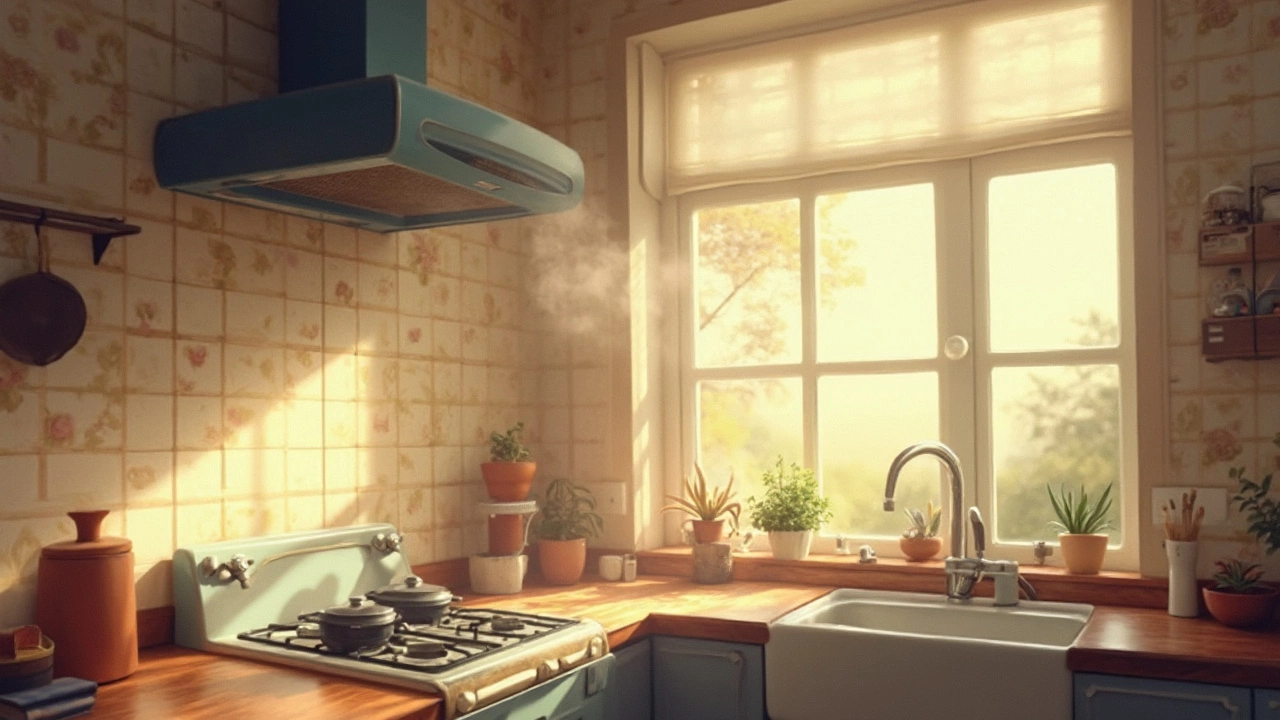Repair Ventilation – Simple Fixes for Extractor Fans and Home Vents
Got a whirring fan that’s gone silent or a bathroom that feels stuffy? Bad ventilation isn’t just annoying, it can cause mould, odors and higher energy bills. The good news? Most fan and vent issues are fixable with a few tools and a little know‑how. Below you’ll find the most common problems, step‑by‑step repair advice, and clear signs you should call a professional.
Common Ventilation Problems
Before you grab a screwdriver, figure out what’s actually wrong. Here are the top culprits you’ll see around the house:
- Fan stopped working: The motor may have burned out, the blades could be jammed, or the wiring is loose.
- Weak airflow: Dust and grease build‑up on the motor or blades cuts the air volume.
- Noise or rattling: Loose mounts, worn bearings, or a bent fan blade create vibration.
- Bad smell: Moisture trapped in the vent housing encourages mould growth.
- Electrical tripping: A short circuit in the fan’s wiring can trip the breaker.
Identifying the symptom helps you pick the right fix and avoids unnecessary parts purchases.
Step‑by‑Step DIY Repair Tips
1. Safety first. Turn off power at the circuit breaker and double‑check the fan is dead with a voltage tester. This protects you and your home.
2. Remove the cover. Most extractor fans have a simple snap‑on or screwed‑on grille. Take it off, then unscrew the fan housing to expose the motor.
3. Clean the motor and blades. Use a soft brush or vacuum to clear dust, grease and cobwebs. A clean motor runs cooler and lasts longer – exactly what our Extractor Fan Motor Cleaning guide recommends.
4. Check the blades. Make sure they spin freely. If they wobble, tighten the mounting bolts or replace a bent blade. A straight blade restores smooth airflow.
5. Inspect wiring. Look for frayed insulation, loose connectors or burnt spots. Tighten any loose screws; if a wire is damaged, replace it with the same gauge copper wire.
6. Test the motor. Re‑connect power temporarily (keep the cover off). If the fan still doesn’t run, the motor likely needs replacement. Motors are inexpensive, but if you’re not comfortable soldering, it’s smarter to let a pro handle it.
7. Re‑assemble and seal. Put the housing back, snap the grille on and restore power. Run the fan for a few minutes to ensure the airflow is back to normal.
Most homeowners can handle cleaning and basic checks in under 30 minutes. If you reach step 6 and the motor is dead, or the fan keeps tripping the breaker, it’s time to call a qualified technician.
Regular maintenance makes a huge difference. A quick motor clean every six months keeps the fan humming, blocks mould growth and saves on energy. Think of it like a car oil change – simple, cheap, and it prevents big breakdowns later.
When you’re unsure, you’re not alone. Our post on Why You Need an Extractor Fan explains why ventilation matters for health and home value. If you ever feel the job is beyond your skill set, a local South Shields appliance repair service can diagnose and replace faulty parts safely and quickly.
Bottom line: most ventilation issues are tidy, low‑cost fixes you can do yourself. Keep the fan clean, check the motor, tighten loose parts, and you’ll enjoy fresh, dry air without the hassle of a professional call every time.
